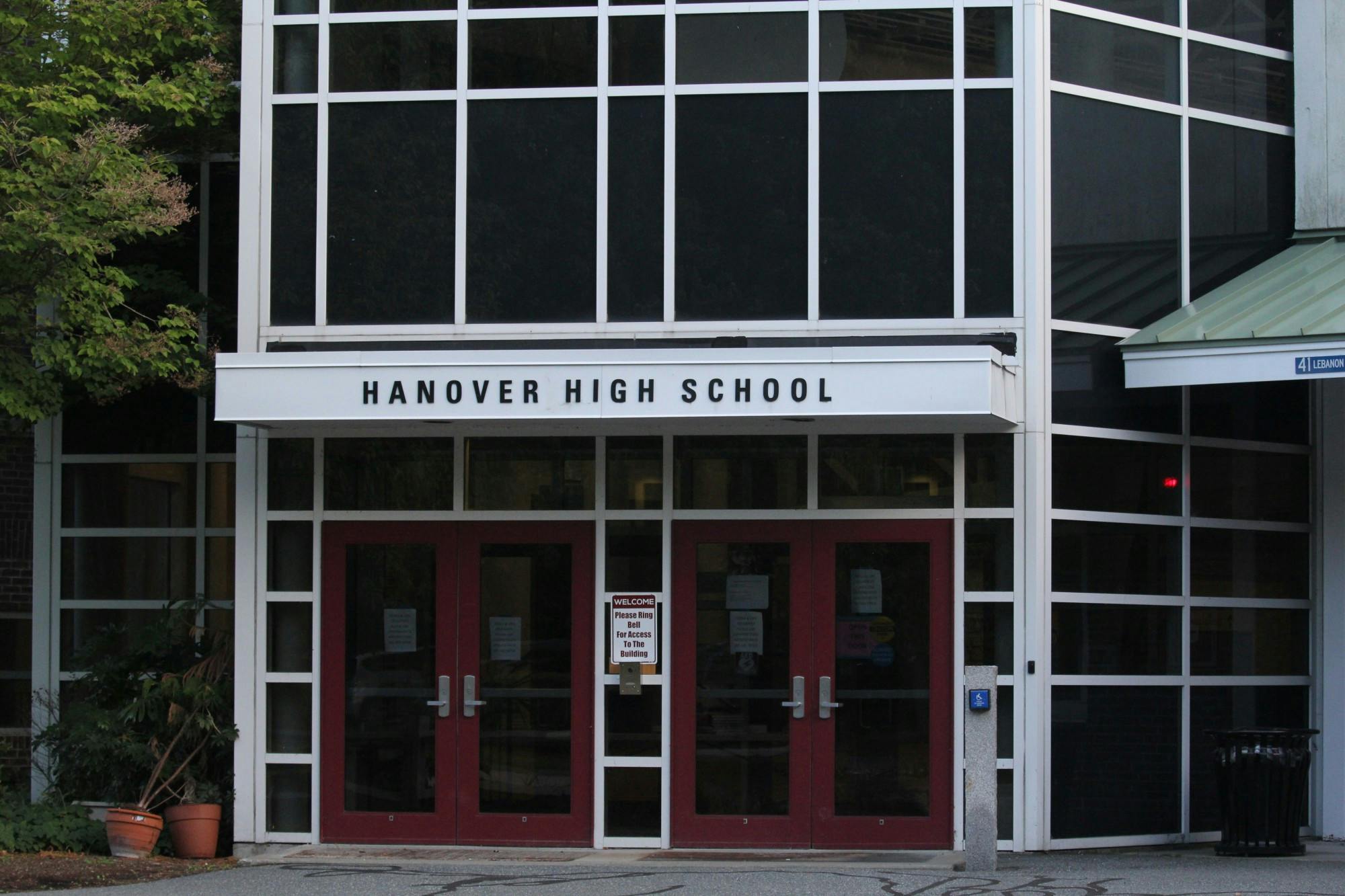On Sept. 30, more than 500 community members participated in the Upper Valley’s Walk to End Alzheimer’s, according to event co-chair Kathy Harvard. Sponsored by local businesses and participants, the roughly two-mile walk raised awareness and fundraised for the Alzheimer’s Association. As one of the 620 Alzheimer’s awareness walks that occur across the United States annually, the local walk raised $139,000 out of a $147,000 goal, Harvard added.
“The awareness-raising piece is really important,” she said. “We can work towards solutions [together] — whether it’s policy decisions that support care-giving families or legislation to support research development.”
According to Harvard, the event began with an opening ceremony at 9:30 a.m. when participants picked a colored flower that signified their connection to Alzheimer’s — purple for those who have lost someone to Alzheimer’s, orange for those supporting the fight against the disease, yellow for caregivers to someone with Alzheimer’s and blue for those who are diagnosed with dementia. She said that the single white flower displayed at the event represented hope for a cure to Alzheimer’s.
At the conclusion of the opening ceremony, everyone lifted their flowers into the air.
“By the time [it was] done, there [was] a sea of colors of flowers,” Harvard said. “It lets people know in a very graphic way that they aren’t alone.”
The walk itself began at Hanover High School, and participants had the option of two routes: one just under a mile, and another just under two miles. Contributors were invited to either walk individually or to walk with a team.
Once the walk ended, participants were invited to write messages on their flowers and then plant them in a “promise garden.”
According to Harvard, this was her seventh year walking for “Team Andy,” formed in honor of her late husband, Andy Harvard ’71, who passed away due to Alzheimer’s in 2019. She added that Team Andy has team members across the country who walk in his honor.
According to event co-chair Tim Fisher, he and Harvard started planning the walk in early March by reaching out to businesses and asking them to sponsor the event. Many local businesses participated in the walk itself.
“Every way we can think of we try to reach out,” Fisher said. “One [goal] is to provide recognition of the disease, render support, share knowledge about resources, as well as raising money.”
According to Harvard, some local businesses contributed to the “Going Purple” initiative, in which businesses show their support for the Walk to End Alzheimer’s by displaying the color purple in their stores.
“The week before the event we call ‘Going Purple,’ where we just engage local businesses,” Harvard said. “J. Crew did a whole purple window, Dirt Cowboy, Lou’s and My Brigadeiro put purple flowers on their tables that were blowing in the breeze [and] Still North Books did a special books display.”
Nazarelie Gonzalez ’26, who volunteered for the event, called for students to get involved with the fight against Alzheimer’s.
“We are the generation who [need] to fight this disease,” Gonzalez said. “We are eventually going to have to take care of the older generation — it’s important for us to have the correct information to be able to take care of others. ”
Gabe Brigham ’26, who volunteered and participated in the walk, said it was a “great opportunity” learn about identifying Alzheimer’s symptoms. Brigham also said he is working on a project, supported by the Dartmouth Center for Social Impact, to “find the impact of Alzheimer’s on rural populations.”
“I thought the enthusiasm from everyone was really great,” Brigham said. “ There were many more people there than I expected.”
The event created a sense of community among the participants who have struggled with Alzheimer’s, according to Harvard.
“One of the real problems with Alzheimer’s and dementia is the sense of isolation — this is one of those things that helps break that down,” Harvard said.

Tess Bruett is a ‘27 from Milwaukee, Wisconsin. She is studying History and hopes to eventually go to law school. In her free time she enjoys hiking, working out, and reading!




